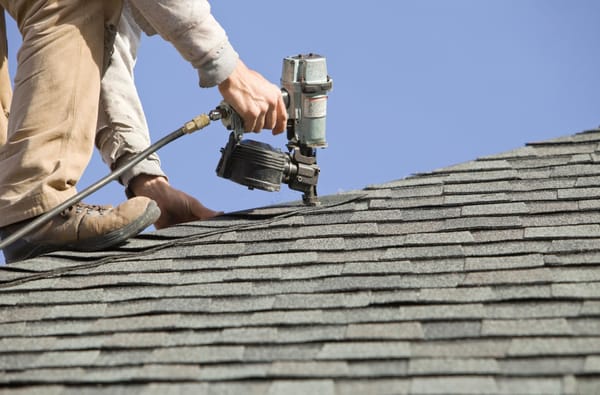How to Detect Roof Leaks and Prevent Major Damage?
Roof leaks are a homeowner’s nightmare. Left unattended, they can escalate into costly repairs and structural damage. Detecting leaks early and implementing preventive measures are crucial for maintaining the integrity of your home. Here’s how you can identify roof leaks and prevent major damage. The first step in dealing with a roof leak is spotting the signs. Water stains on ceilings and walls are the most obvious indicators, often appearing as yellowish-brown patches. These stains may grow darker and larger over time if the leak persists. In some cases, you may notice peeling paint or bubbling wallpaper caused by moisture seeping into your walls. Pay attention to unusual drips or puddles, especially after heavy rain. Inspect your attic for damp insulation, wet spots, or visible mold growth. During daylight hours, look for sunlight streaming through small holes in the roof, which can indicate entry points for water. If you suspect a leak but cannot pinpoint its source, use a garden hose to simulate rainfall.

Work section by section, spraying water on the roofer contractors while someone inside observes for drips or dampness. This process can help identify the exact location of the leak. Several factors contribute to roof leaks. Damaged or missing shingles are one of the most common culprits, often caused by storms, high winds, or aging. Flashing around chimneys, vents, and skylights can also deteriorate over time, creating gaps that allow water to seep in. Clogged gutters are another common cause. When gutters are blocked with debris, rainwater can pool on the roof, increasing the risk of leaks. Additionally, ice dams that form in winter can force water under shingles and into your home. Improper roof installation or subpar materials can lead to premature wear and tear, making leaks more likely. Regular inspection and maintenance can help catch these issues before they develop into significant problems. Prevention is key to avoiding costly repairs. Start with regular roof inspections, especially after severe weather.
Check for missing, cracked, or curling shingles, and replace them promptly. Ensure flashing around chimneys and vents is secure and in good condition. Keep gutters and downspouts clean to allow proper water drainage. Trim overhanging tree branches to reduce debris buildup and minimize the risk of branches damaging your roof during storms. Investing in high-quality roofing materials and professional installation can also go a long way in preventing leaks. A well-installed roof with durable materials will withstand harsh weather conditions better and require less maintenance. In areas prone to snow and ice, consider installing ice and water shields to protect vulnerable areas. Adequate attic ventilation and insulation can also help prevent ice dams by maintaining consistent roof temperatures. Detecting roof leaks early and taking preventive measures can save you significant time, money, and stress. Regular inspections, timely repairs, and proper maintenance are essential to keeping your roof in excellent condition. By staying vigilant and proactive, you can protect your home from the extensive damage that roof leaks can cause.
